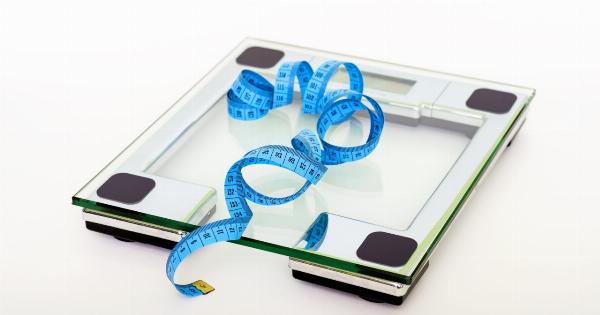Clearing snow can be a challenging task, especially during the winter season. While it is important to keep your driveways and walkways clear to ensure safety, it is also crucial to take care of your heart health.
The physical exertion involved in shoveling snow can put undue stress on your heart, leading to potential health risks. However, by following a few simple tips, you can protect your heart while clearing snow. In this article, we will discuss the top tips to keep your heart safe during snowy conditions.
1. Warm Up Before Shoveling
Before you start shoveling snow, it is essential to warm up your body. Engage in light exercises to get your blood flowing and warm up your muscles. This can include stretching, walking, or even some simple jumping jacks.
Warming up prepares your body for the physical activity ahead and reduces the strain on your heart.
2. Use the Right Shovel
Choosing the right shovel can make a significant difference in protecting your heart. Opt for a lightweight shovel with a curved handle to minimize the strain on your back and heart.
A shovel with a smaller blade can also help you lift smaller amounts of snow at a time, avoiding excessive exertion.
3. Take Regular Breaks
Instead of rushing through the task, it is vital to take regular breaks while shoveling snow. Shoveling can be a strenuous activity, and continuous exertion can quickly tire your body. Listen to your body and rest when needed.
Use this time to hydrate and catch your breath, reducing the stress on your heart.
4. Lift Properly
The way you lift snow while shoveling can impact the strain on your heart. Avoid bending at the waist and using your back to lift snow. Instead, bend your knees and use your leg muscles to lift the snow.
By using your legs, you distribute the workload and reduce the strain on your heart.
5. Push Instead of Lift
Rather than lifting every pile of snow, consider pushing it whenever possible. Pushing snow requires less effort and puts less strain on your heart. Use a snow shovel with a straight edge or invest in a snow pusher to make this task easier.
Slightly inclined driveways or walkways can also be advantageous for pushing snow.
6. Stay Warm and Layered
Dressing appropriately for cold weather is crucial to maintain your body temperature while shoveling snow. Wear multiple layers of lightweight, warm clothing to trap heat.
Layering allows you to adjust your clothing according to your body temperature during physical activity. This helps prevent overheating and potential stress on your heart.
7. Stay Hydrated
Even though it is cold outside, it is essential to stay hydrated while shoveling snow. Dehydration can strain your heart and lead to fatigue. Drink water before, during, and after shoveling to replenish fluid levels in your body.
Avoid excessive consumption of caffeinated beverages or alcohol, as they can dehydrate you.
8. Use Proper Technique
Using the correct technique while shoveling snow can reduce the strain on your heart. Keep your feet hip-width apart, maintain a good posture, and engage your core muscles.
Try to avoid twisting your body while lifting or throwing snow, as it can stress your heart and back. Push the snow if needed, as discussed earlier.
9. Be Mindful of Warning Signs
While shoveling, pay close attention to any warning signs your body may give you. If you experience chest pain, dizziness, shortness of breath, or excessive fatigue, stop shoveling immediately. These symptoms could indicate a heart problem.
Listen to your body and seek medical attention if needed.
10. Consider Alternative Methods
If you have a history of heart problems or feel unsure about shoveling snow, it may be wise to consider alternative methods. Hire a snow removal service or ask for assistance from neighbors, friends, or family members.
By avoiding excessive physical exertion, you can prioritize your heart health and still ensure the safety of your surroundings.
Conclusion
Clearing snow is an unavoidable task during the winter season. However, it is equally important to prioritize your heart health while engaging in this physical activity.
By following these top tips, such as warming up, using the right shovel, taking regular breaks, and listening to your body, you can protect your heart while clearing snow. Remember, your safety and well-being should always come first, so don’t hesitate to seek help or use alternative methods when needed.




























